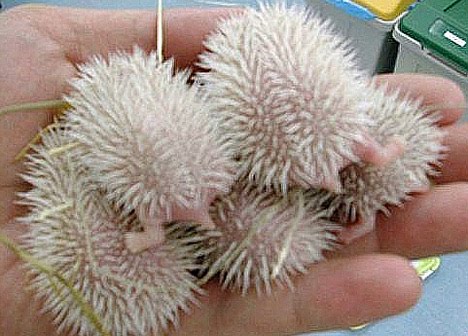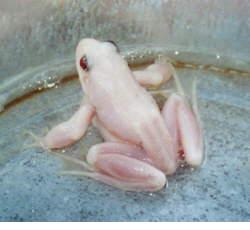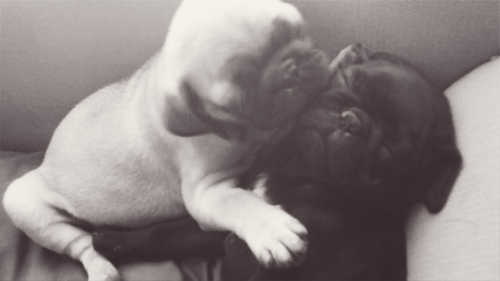Owner:Horneddragon
Equid Name:Wintergreen
Equid Age:2 years
Answer:No, "Albinism is caused by a recessive gene, meaning an animal must carry 2 copies of the gene, one from each parent, in order to express the color (or rather, lack there of). One copy of the gene has no effect on coat color. Because of this, 2 albinos bred together will always produce an albino This simply does not happen in horses because no white horse's coat is caused by a recessive gene, and none of these white horses breed true as an albino would. "
http://www.whitehorseproductions.com/white.htmlthere is no reported case of a "true albino" horse, but there is a breed known as the American albino (American white) :
http://horsebreedslist.com/horse-breeds ... can-albinothis horse's color is highlighted here:
"The American White, regardless of breeding, must have pink skin and truly white coloring. No slight pigmentation of hair allowed. A few, small scattered spots are permissible. The various eye colors common to horses are acceptable including amber and very pale blue and parti-colored."
if you look up the White hose in Wikipedia you will find this sub article, called "albinism" with clearly states:
"There is no reported case of a true "albino" horse, despite references to white horses that are called "albino". There are also references in literature calling white horses "albino." All so-called "albino" horses have pigmented eyes, usually brown or blue, and thus are not true albinos. In contrast, many albino mammals, such as mice or rabbits, typically have a white hair coat, unpigmented skin and reddish eyes.
Dominant white in horses is caused by the absence of pigment cells (melanocytes), whereas albino animals have a normal distribution of melanocytes. In other animals, patches of unpigmented skin, hair, or eyes due to the lack of pigment cells (melanocytes) are called piebaldism, not albinism nor partial albinism.
The definition of "albinism" varies depending on whether humans, other mammals, or other vertebrates are being discussed.
Despite this, some registries still refer to "albino" horses. For example, the Paso Fino Horse Association registers cremellos and other cream colors as "albino." Until 1999, the American Quarter Horse Association (AQHA) described cremellos as "albino" in rule 227(j). The AQHA later replaced the word "albino" with "cremello or perlino," and in 2002 the rule was removed entirely. Among Connemara pony breeders, homozygous creams are called "blue-eyed creams" or sometimes "pseudo-albino" and remain barred from the stud book."
Albino Animal:




 ▪ ▪ ▪ ▪ ▪ ▪ ▪ ▪ ▪ ▪ ▪ ▪ ▪ ▪ ▪ ▪ ▪ ▪ ▪ ▪ ▪ ▪ ▪ ▪ ▪ ▪ ▪ ▪ ▪ ▪ ▪ ▪ ▪ ▪ ▪ ▪ ▪ ▪ ▪ ▪ ▪
▪ ▪ ▪ ▪ ▪ ▪ ▪ ▪ ▪ ▪ ▪ ▪ ▪ ▪ ▪ ▪ ▪ ▪ ▪ ▪ ▪ ▪ ▪ ▪ ▪ ▪ ▪ ▪ ▪ ▪ ▪ ▪ ▪ ▪ ▪ ▪ ▪ ▪ ▪ ▪ ▪

.jpg)


 Baby albino hedgehog bottoms... Sorry guys, had to do it.
Baby albino hedgehog bottoms... Sorry guys, had to do it.



















